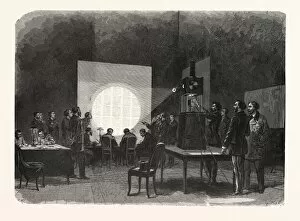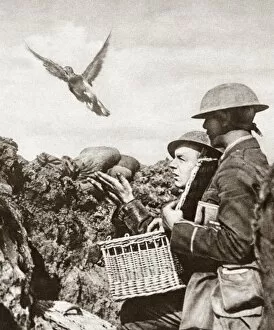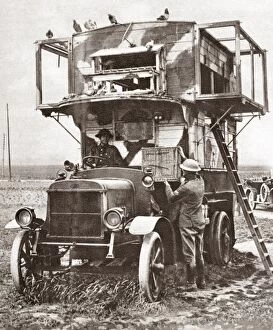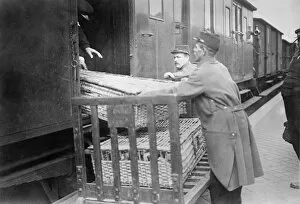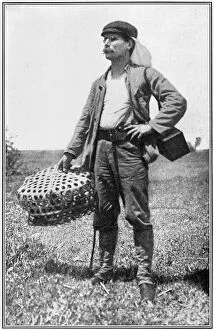Carrier Pigeon Collection (#2)
During World War I, carrier pigeons played a vital role in communication on the front lines
For sale as Licensed Images
Choose your image, Select your licence and Download the media
During World War I, carrier pigeons played a vital role in communication on the front lines. British motorcyclists were often seen transporting these feathered messengers to deliver important messages from one location to another. The sight of these brave birds soaring through the skies became a symbol of hope and resilience amidst the chaos of war. One such depiction of they can be found in an engraving titled "The Carrier Pigeon. " This artwork captures the elegance and grace with which these birds carried their precious cargo, evoking a sense of awe and admiration for their abilities. In contrast, "The Love Letter" painting from 1750 showcases a different aspect of carrier pigeons' significance. Here, we see a scene where two lovers exchange heartfelt words through the means of this remarkable avian messenger. It highlights how carrier pigeons transcended mere military use and became symbols of love and connection. Another artwork called "A Pigeon Match" portrays the excitement surrounding pigeon racing as a popular sport during that era. People would gather to witness these colorful creatures take flight, showcasing their incredible speed and homing instincts. Meanwhile, in Berlin's Taubenhandlung (Pigeon Dealers), captured in black-and-white photography, we get a glimpse into the bustling world of pigeon trading. These images depict individuals engaged in buying and selling pigeons—a testament to their value both as companions and carriers. Looking ahead into future possibilities is "Pigeon post of the future, " depicted in vibrant colors with lightness of style demanded by its lithographic medium. This imaginative piece envisions advancements where technology merges with nature as humans harness pigeon messengers for even more efficient communication systems. Throughout history, artists have been captivated by carrier pigeons' beauty and purposeful existence.

